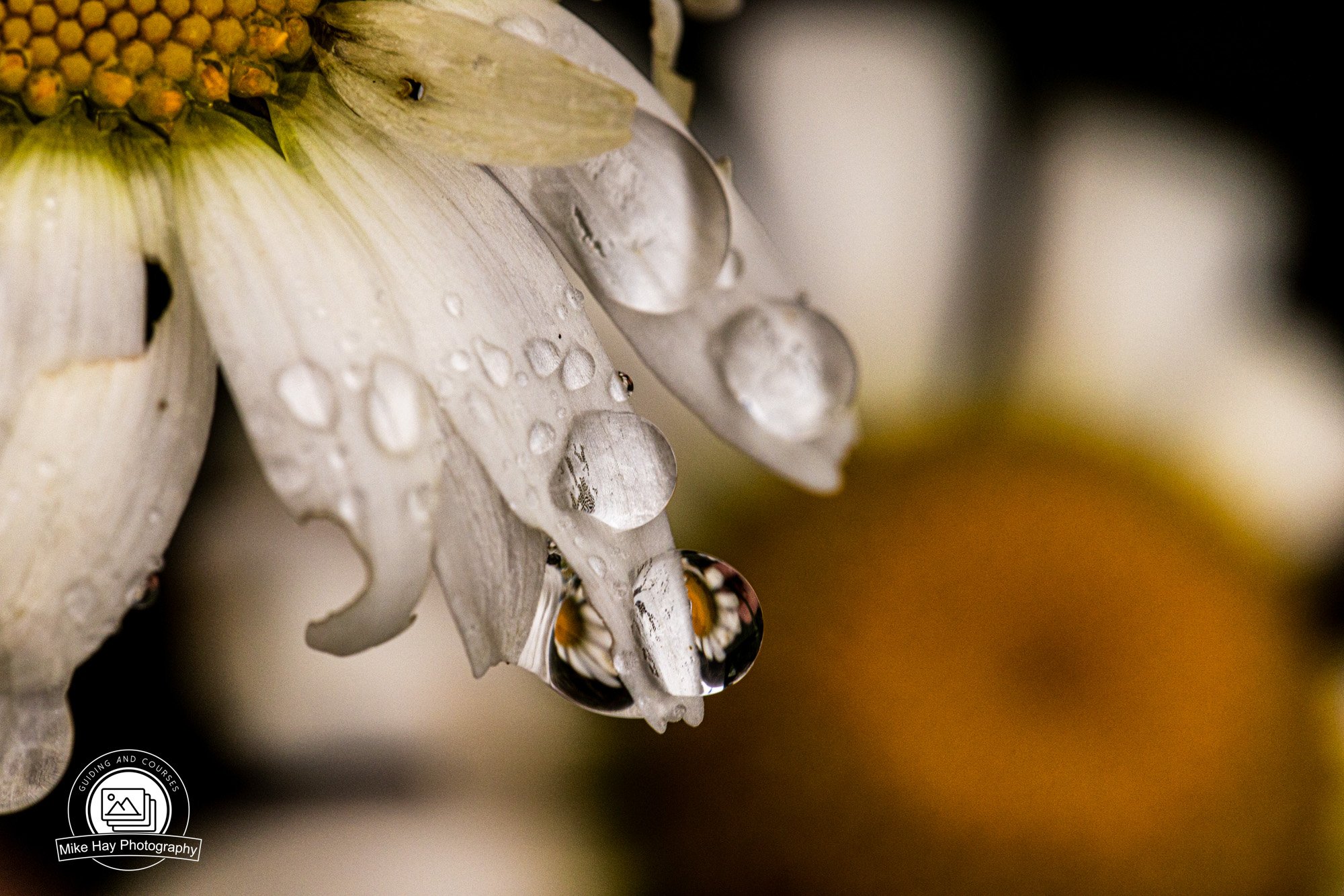Seeing Differently – A Guide to Refraction Photography with a Lens Ball
The Old Man of Storr on The Isle of Skye
There’s something playful and mind-bending about refraction photography. It flips the world upside down, literally — and invites you to see familiar landscapes in a whole new way. Whether you’re using a glass sphere (commonly called a lens ball), a droplet, or even a wine glass, the principle is the same: light bends through the curved glass, creating a miniature, inverted view of the scene behind it.
Done well, it’s a technique that stops people in their tracks.
But it’s not just a gimmick. Refraction photography can help develop your compositional eye, encourage more intentional framing, and introduce a fresh sense of storytelling into your images. Here’s how to make the most of it.
What Is Refraction in Photography?
In simple terms, refraction is what happens when light passes through a transparent object and bends. In the case of a lens ball, the curved glass acts like a wide-angle lens, flipping the image and compressing a whole scene into a tiny crystal sphere.
You get a sharp, contained world — framed by your own creativity.
Getting Started with a Lens Ball
A good-quality glass lens ball (usually crystal, not acrylic) is all you need to begin. They come in a few sizes, but the 80mm or 100mm options tend to give a nice balance between weight and image size.
Neist Point Lighthouse on The Isle of Skye
Here’s what helps:
- A fast lens (f/2.8–f/5.6) for background separation
- Manual focus for precision on the ball
- A tripod for stability — though handheld shots work too
- Clean the ball! Every fingerprint shows up
Place the ball somewhere stable — rock, wall, log — and experiment with how it frames the background. Don’t forget that the image inside the ball will be upside down. You can either leave it that way for surreal impact or flip the final image in post.
Loch Earn
Light and Composition Tips
Refraction shots work best with strong visual elements — think bold horizons, mountain peaks, bridges, or lone trees. Try to align your subject inside the ball’s frame. This encourages the viewer to look through the ball, not just at it.
Watch your background:
- Use wide apertures to blur the scene around the ball
- Position the sun behind or beside the ball for glow or flare
- Shoot at golden hour for warmth and contrast
Reflections from water or wet surfaces add extra interest, and using a CPL filter (polariser) on your lens can help reduce unwanted glare.
Going Beyond the Obvious
Once you’ve tried the classic “ball on a rock” image, think outside the sphere.
Try:
- Holding the ball in-hand for more dynamic foregrounds
- Placing it on a mirror for symmetrical doubles
- Shooting through droplets on a glass panel
- Experimenting with other objects: marbles, wine glasses, ice
Sometimes you can capture a shot using Nature’s lens ball!
And yes — always be careful if you’re in bright sunlight. A lens ball can concentrate light like a magnifying glass, so don’t leave it sitting on dry grass or your camera bag.
Why Bother?
Refraction photography may not be your everyday go-to, but it’s a brilliant creative exercise. It forces you to slow down, to look more deliberately at how you frame your image. And it’s a great way to break a creative rut or spark interest in a familiar location.
I’ve used refraction techniques on stormy coastlines, in forest glades, and even at the edge of lochs with reflections bouncing between the ball and the water. It’s often a conversation starter, too — people will stop and ask what you’re doing.
Try to match the horizon lines for maximum effect
Want to Explore Refraction First-Hand?
If you're curious about adding refraction photography to your skillset — whether it's lens balls, creative glasswork, or simply new ways to see a scene — I offer fully tailored 1-to-1 photography days designed around your interests.
We’ll play with compositions, talk through gear options, and experiment with lighting and settings on location. You’ll walk away not just with a new technique, but a whole new way of seeing.
Drop me a message on WhatsApp or by email to arrange a free, no-commitment Zoom chat — no pressure, just a chance to plan your next creative leap.





